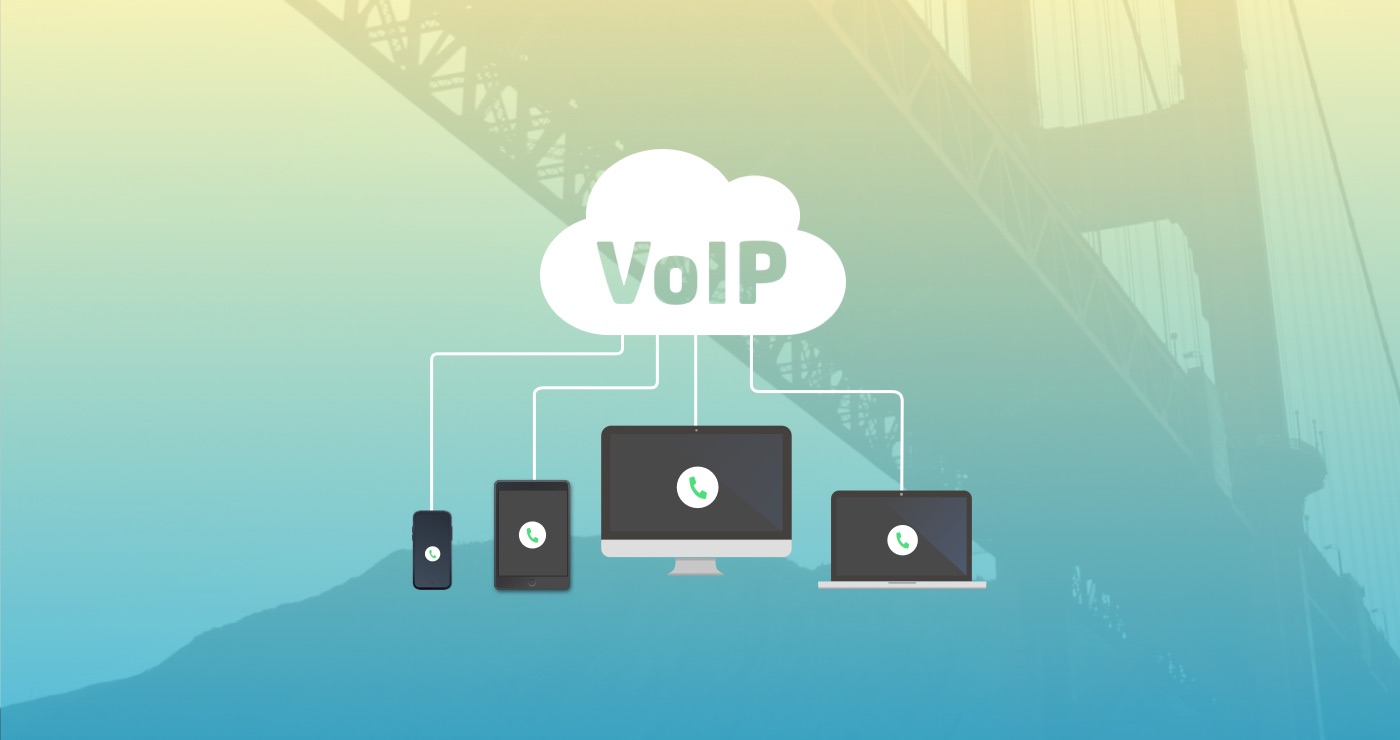VoIP Trunk: The Modern Solution for Business Telephony

A VoIP trunk refers to a fixed digital connection that transports voice over a data connection (such as an internet connection). With the transition from traditional phone lines to VoIP, the need arose to handle voice traffic over data connections. VoIP trunks are virtual lines exclusively used for telephony.
These trunks connect an organization’s current phone system to a VoIP provider’s system via an IP connection. This allows traditional phone lines to be replaced with more efficient VoIP solutions. Many companies have already made this switch by adding an IP module to their existing phone system. This enables them to use both VoIP and traditional connections.
Capacity and Flexibility
A major advantage of VoIP trunking is scalability. With old ISDN lines, the number of channels was limited, and expansions were expensive and time- consuming. If more people called than the available channels on your ISDN line, they would hear a busy signal: the phone line had reached its maximum capacity.
With VoIP trunks, you determine the number of lines you need. This number can be easily and almost instantly adjusted via your provider, ensuring you always have enough capacity for incoming calls, outgoing calls, and international calls.
For example, each voice channel requires about 100 kB of bandwidth. With a 100 MB internet connection, you can support up to 1,000 voice channels. This flexibility and low subscription costs make VoIP trunks an attractive choice for businesses with large or growing telephony needs.
It’s important to note that with a VoIP trunk, you are responsible for the availability of your own phone system. This is not a fully hosted VoIP solution but a digital phone line specifically for your telephony traffic.
SIP Trunking: A Protocol for Communication
The terms SIP trunk and VoIP trunk are often used interchangeably but are not the same. SIP stands for Session Initiation Protocol and is the protocol used to manage voice traffic. SIP trunks connect and register devices, such as phones and phone systems. Functions like initiating calls (INVITE), ending calls (BYE), and registering devices (REGISTER) are handled via the SIP protocol.
Most modern phone systems support SIP trunking. By connecting a SIP trunk to an existing phone system, you can easily transition to a more efficient VoIP environment without the need for a completely new infrastructure.
Conclusion
VoIP and SIP trunking offer a modern solution for businesses looking to optimize their telephony. Thanks to flexibility, scalability, and low costs, it’s a future-proof choice that’s easy to implement, whether you’re using an existing system or a completely new infrastructure.
Request your own trunk today! Want to first apply for a new business phone number? That’s also possible with us. Have questions? Feel free to contact us—we’re happy to help!
Frequently asked questions
A quick way to explore how everything works and what to expect.
Check if your current phone system supports an IP module extension. If so, a SIP trunk can be connected to your system to enable VoIP traffic.
While the terms are often used interchangeably, they are not exactly the same. A SIP trunk is a specific technology within VoIP used to transmit voice and multimedia traffic over the internet. A VoIP trunk, on the other hand, refers more broadly to any digital phone line that operates using VoIP technology. In short, a SIP trunk is a type of VoIP trunk, but not all VoIP trunks use SIP as a protocol.
You need one SIP trunk with a capacity of 10 channels to allow 10 people to call simultaneously. If you don’t use all lines continuously, you can opt for fewer channels.
Most modern phone systems support SIP trunks. You can choose between an on-premises system or a fully managed telephony solution.
Benefits include high uptime and reliability, flexible scalability to easily adjust the number of lines, support for both incoming and outgoing calls, lower costs per channel compared to traditional phone lines, and easy integration with existing applications and software.

 Netherlands
Netherlands Belgium
Belgium Denmark
Denmark Germany
Germany France
France Switzerland
Switzerland Austria
Austria UK
UK Spain
Spain Italy
Italy


